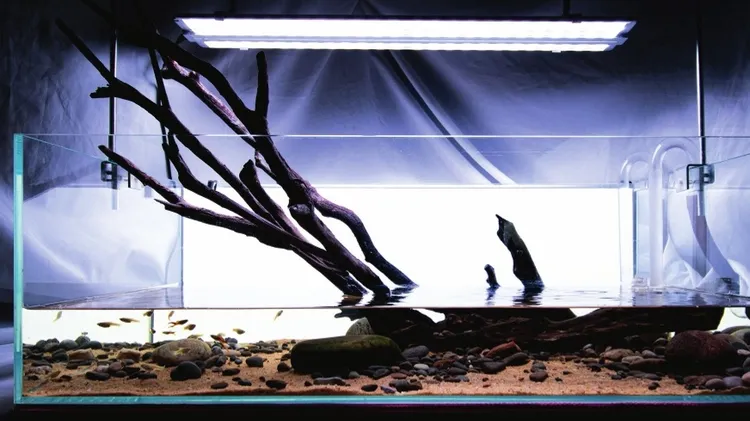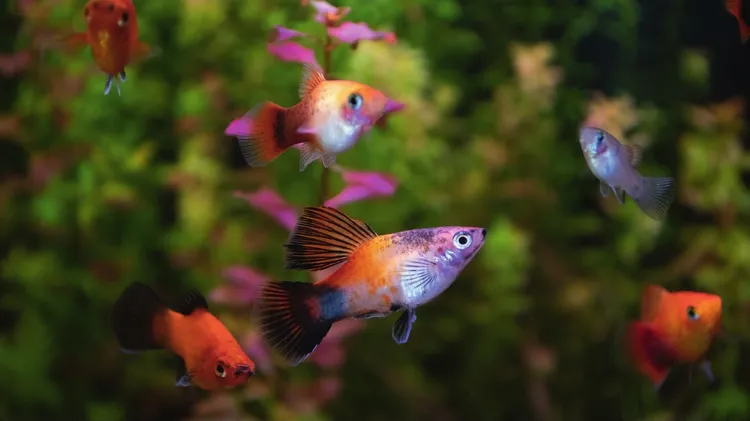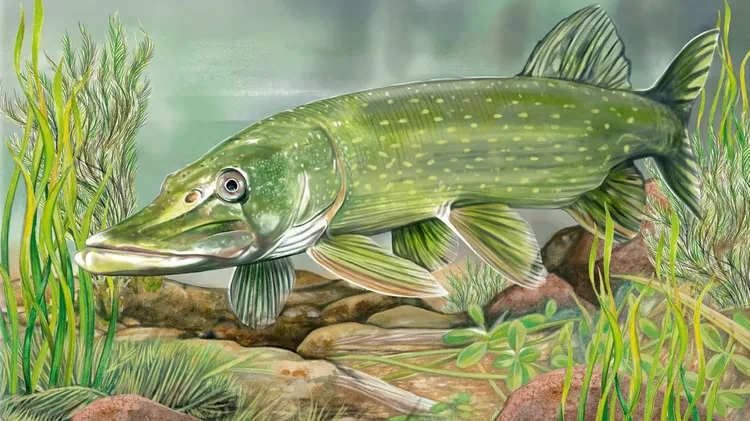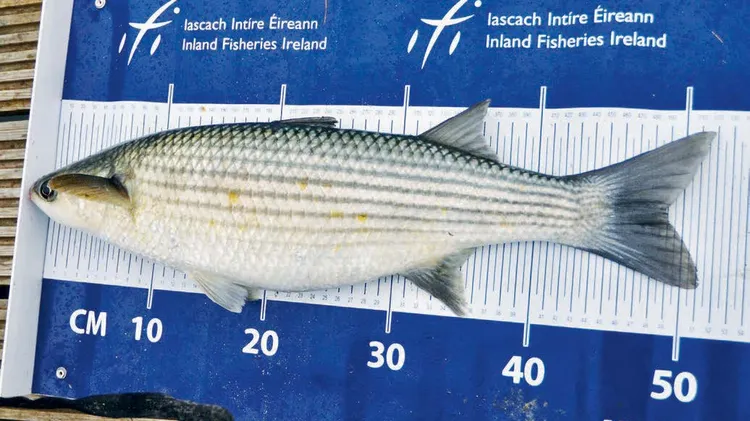Most aquarists will only know a few tetra species from Africa.
Cameroon’s characiform crowd
10 min read
This article is from...
Read this article and 8000+ more magazines and newspapers on Readly






